Missing your train stop can be pretty stressful. Keeping an open mind or finding humor might be challenging, but things will work out. The Portuguese people are some of the most caring people and will help you with your needs.
Ah, Portugal has breathtaking landscapes, warm-hearted people, and charming train journeys that take you through picturesque towns and cities. But what do you do when the unexpected happens, and you watch your train chug away without you? Fret not, my fellow wanderers; I’m here to guide you through the steps to take when you miss your train in this beautiful country.
Welcome Back Vagabonds!
Welcome to “Atypical Vagabond,” a portal to a realm where boundaries blur and conventional paths diverge. Here, we delve into the world of unconventional exploration and celebrate the art of wandering without constraints. Join us as we uncover hidden gems, unravel the tales of unconventional nomads, and delve into the transformative experiences that await those who dare to embrace the call of wanderlust.
A strong desire for freedom often arises in a busy world of daily routines and societal pressures. We become fascinated by the exciting appeal of unfamiliar places, the mysterious call of undiscovered destinations, and the life-changing influence of travel. In these instances, we awaken the spirit of the unconventional traveler — the wanderer who desires to explore the world and embark on a journey of self-discovery and personal freedom.
Stay Calm and Breathe

First and foremost, take a deep breath and stay calm. Missing a train can be a stressful experience, but panicking won’t help. Remember that travel hiccups are a part of the adventure, and how you deal with them can make for some memorable stories later on.
Check the Schedule
The first practical step is to check the train schedule. In Portugal, the train network is quite extensive, and there might be another train to your destination later or the next day. This information can be found at the train station or on Portugal’s official train website. Take note of the next available options to plan your next move.
Rebook or Refund
If you’ve purchased a ticket for the missed train, check the ticket’s terms and conditions. In many cases, you might be able to rebook your ticket for the next available train or even get a partial refund. It’s essential to understand the specific rules associated with your ticket.
Seek Assistance
Train station personnel are your friends in such situations. Approach the ticket counter or information desk for help. They can provide information about alternative routes, train schedules, and any additional costs you might incur. Their local knowledge can be invaluable.
Consider Other Modes of Transport
Sometimes, waiting for the next train isn’t the best option, especially if you’re in a hurry. Consider other modes of transport, such as buses, trams, or even ridesharing services like Uber or local taxis. Depending on your destination and the time of day, these options can be practical and enjoyable, offering a different perspective on your journey.
Explore the Town
While waiting for the next train, use your time to explore the town or city where you find yourself. Stroll through the streets, visit local attractions, savor regional cuisine, and engage with the local culture. You might discover hidden gems you wouldn’t have encountered if you’d caught your original train.
Find Temporary Accommodation
If you’ve missed the last train stop of the day or your next train is scheduled for the following day, you might need to find temporary accommodation. Portugal offers many lodging options, from budget-friendly hostels to luxury hotels. Booking platforms like Airbnb or Booking.com can help you find a place to stay.
Embrace the Adventure
Finally, remember that travel is an adventure; sometimes unexpected turns can lead to the most remarkable experiences. Missing a train stop might lead you to a hidden gem, an unforgettable encounter, or a story to share with fellow travelers.
Atypical Last Thoughts
As a travel blogger, I’ve learned that the best stories often come from unexpected situations. So, the next time you watch your train depart without you in Portugal, don’t view it as a setback but as an opportunity to create a unique and unforgettable experience. Keep a positive attitude, stay flexible, and embrace the travel adventure. Safe travels, my fellow wanderers, and hopefully, you won’t be missing your next train stop!
Subscribe
Are you an avid traveler seeking inspiration for your next adventure? Look no further than the Atypical Vagabonds newsletter. By subscribing to our newsletter, you gain access to a treasure trove of travel tips, destination guides, and captivating stories from around the globe. Our knowledge in exploring off-the-beaten-path destinations. We offer a refreshing perspective on travel, encouraging you to embrace the unconventional and discover unique experiences. Join the community today and let our wanderlust-inducing content inspire you. Therefore, you can embark on extraordinary journeys. Subscribe to receive their latest updates directly in your inbox and never miss a travel adventure again.
Donations
Love what you’re seeing on Atypical Vagabond? Help us keep the adventures coming! Consider donating through PayPal’s secure payment system. Every contribution goes a long way in fueling our mission to bring you more thrilling content and unforgettable experiences. Join us in shaping the future of travel—donate today!


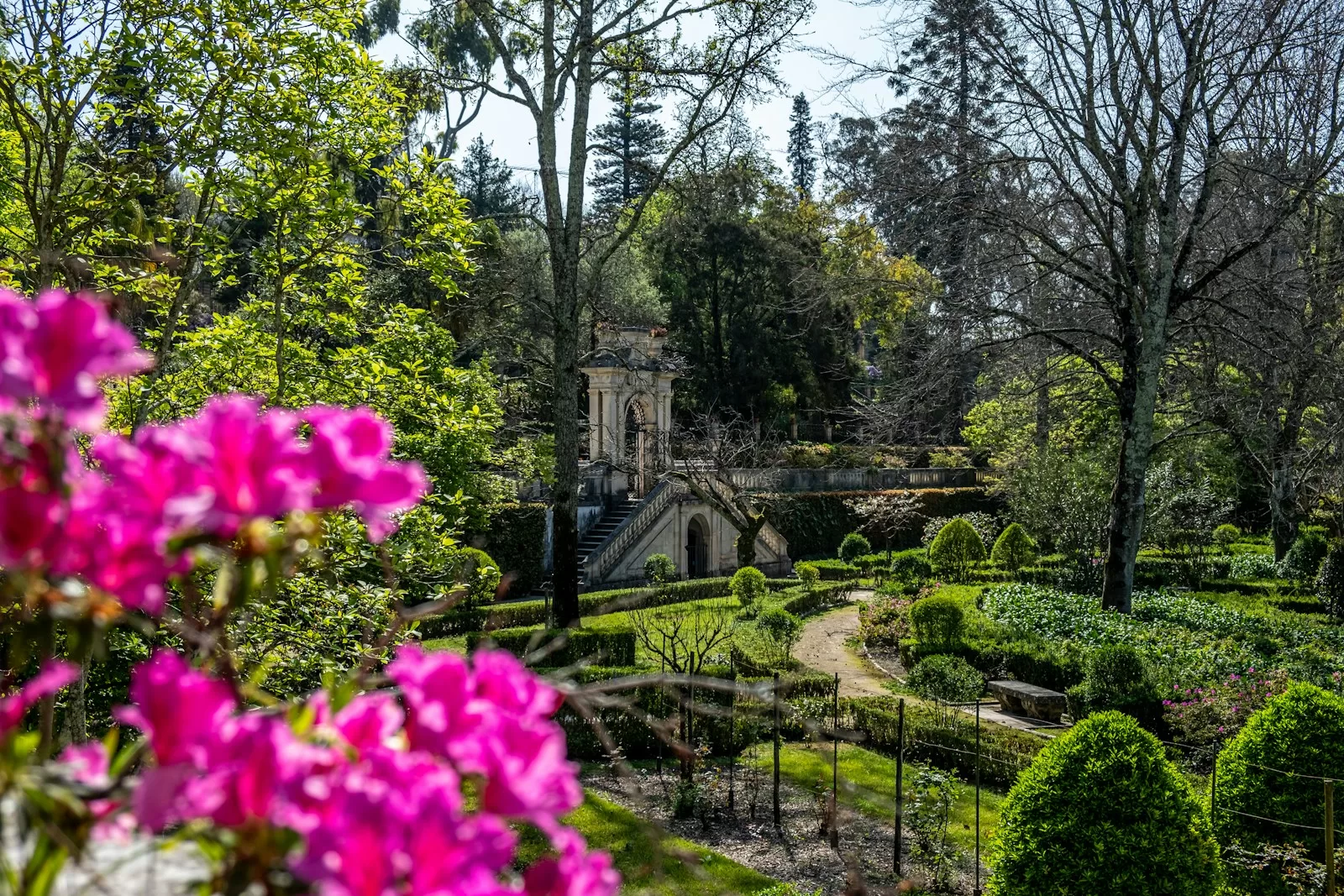
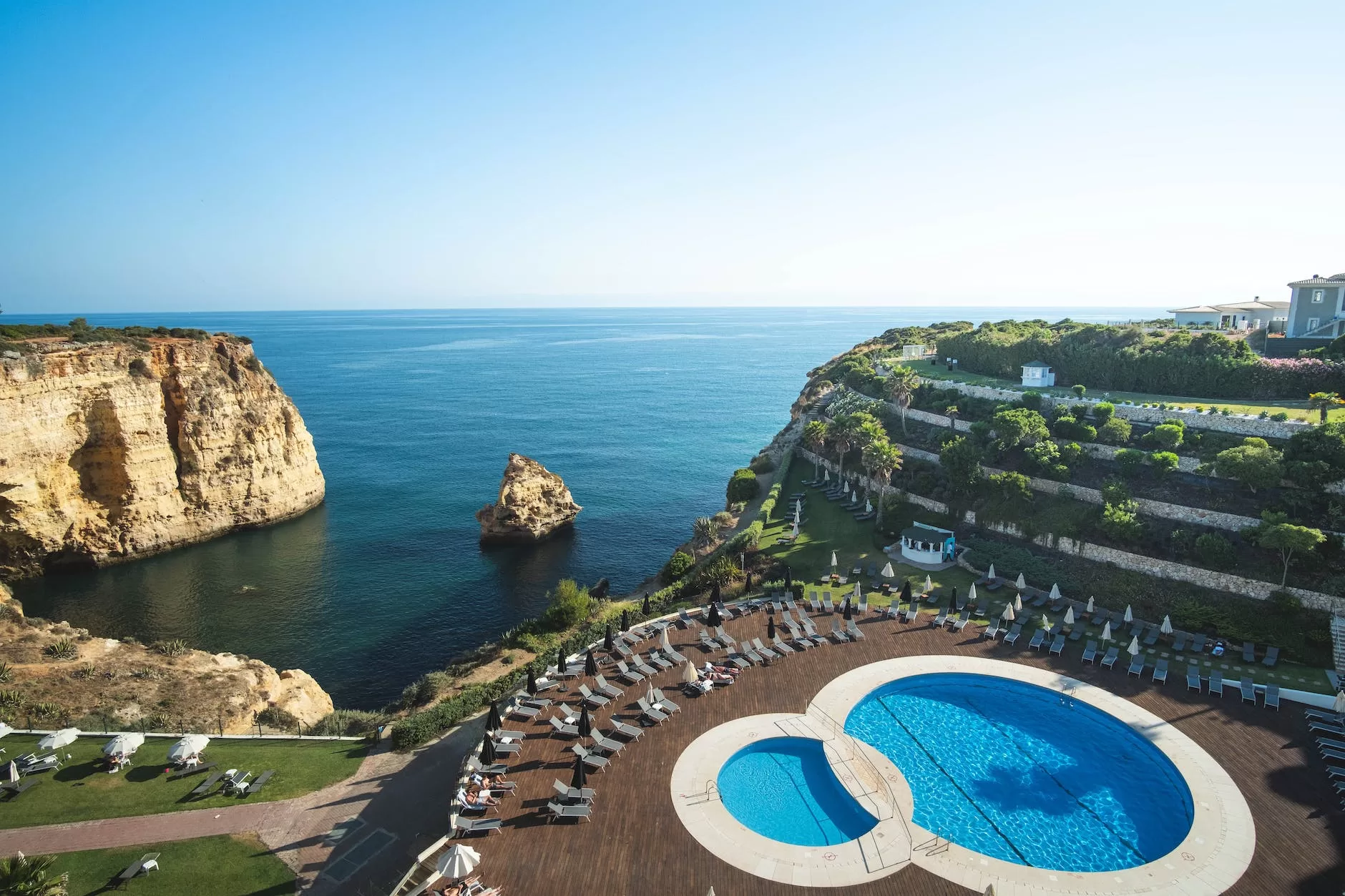




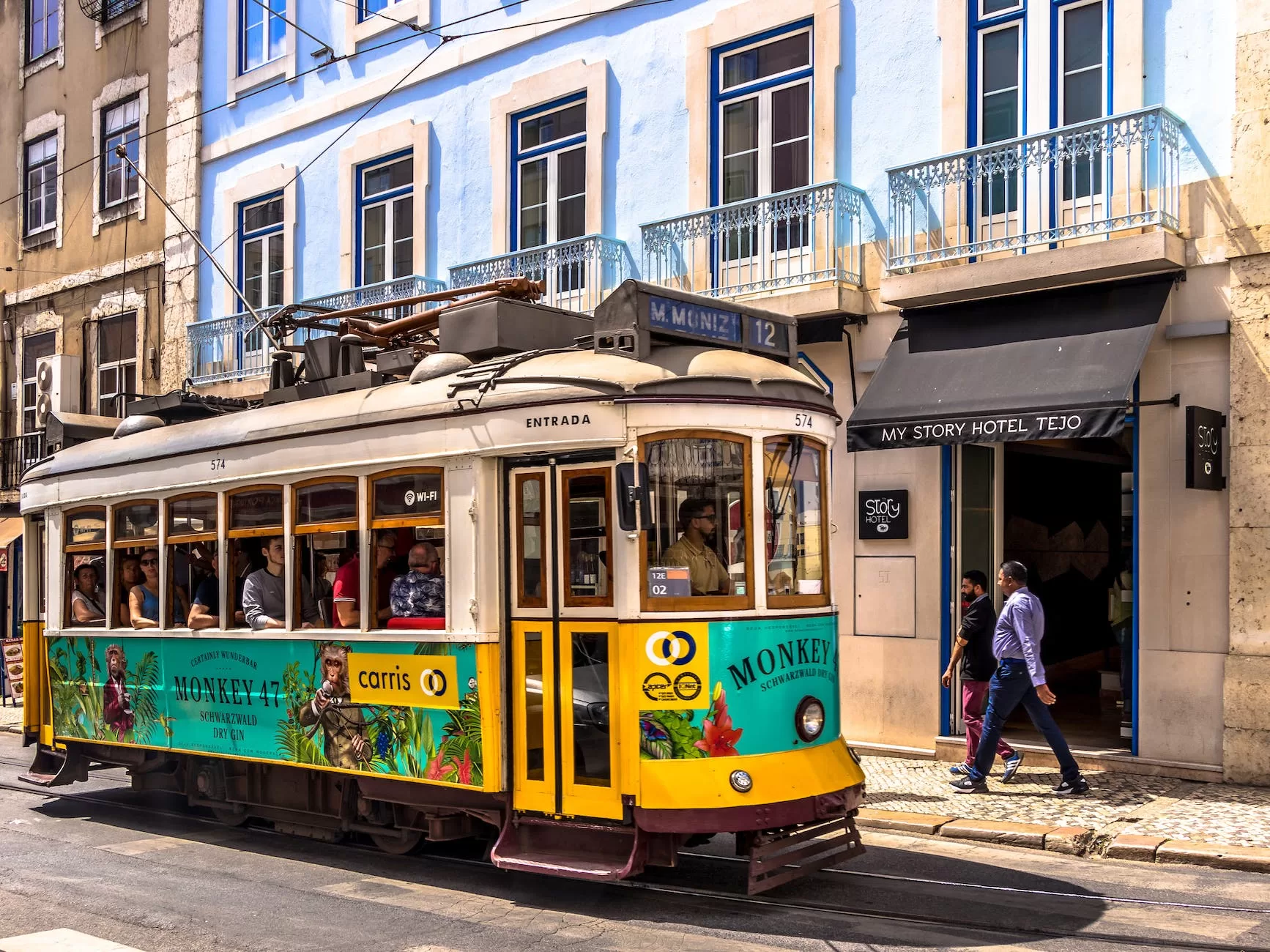
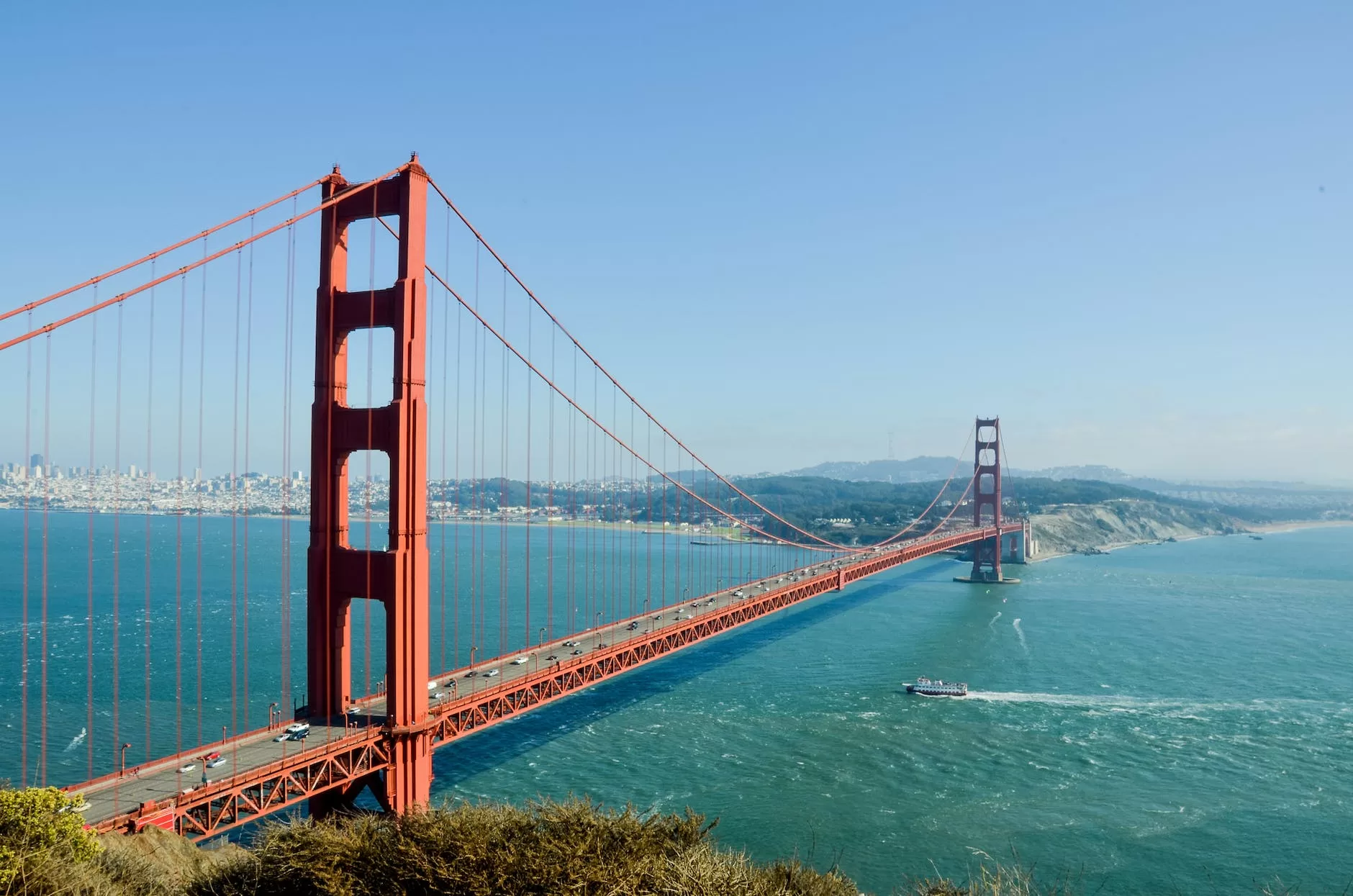
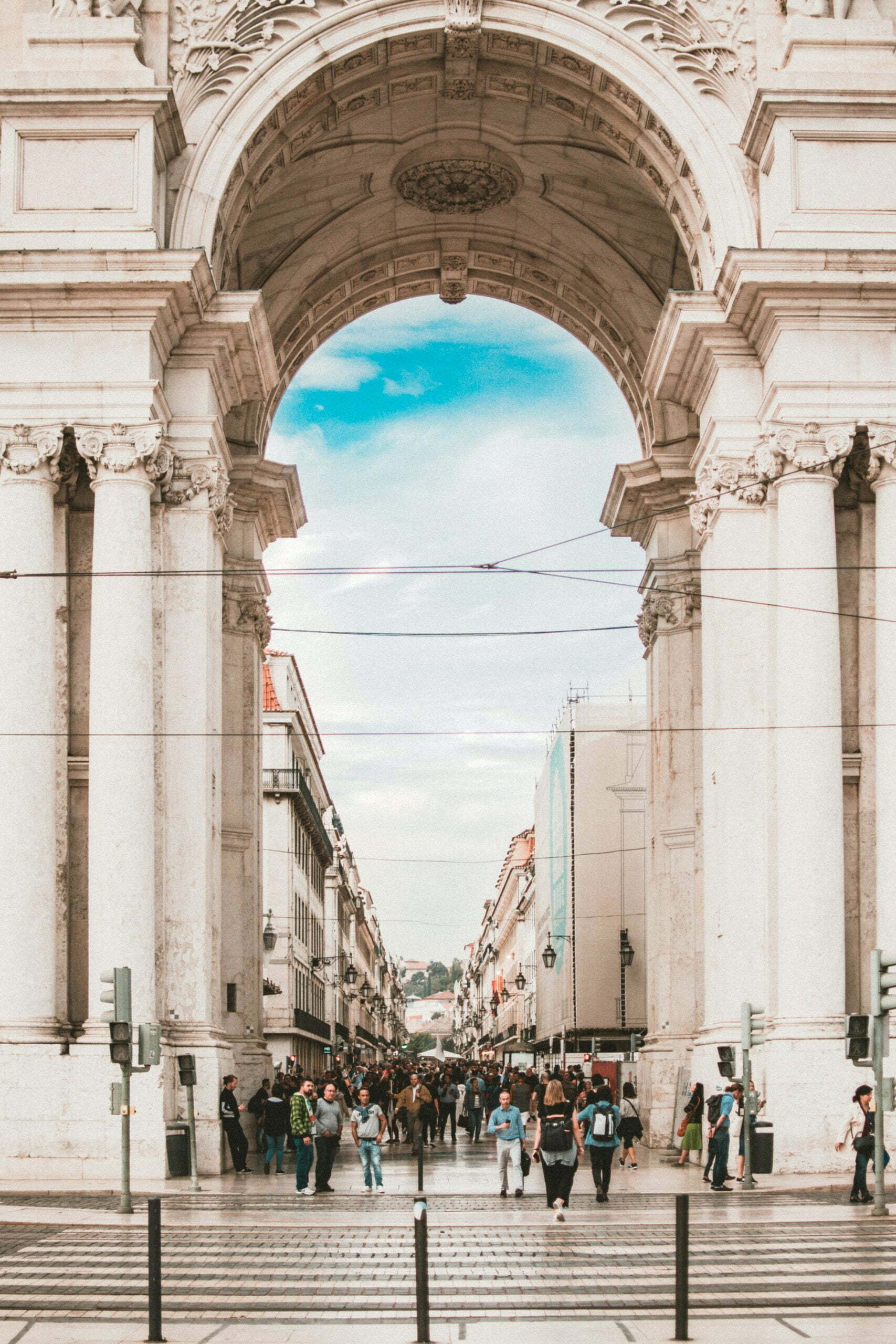




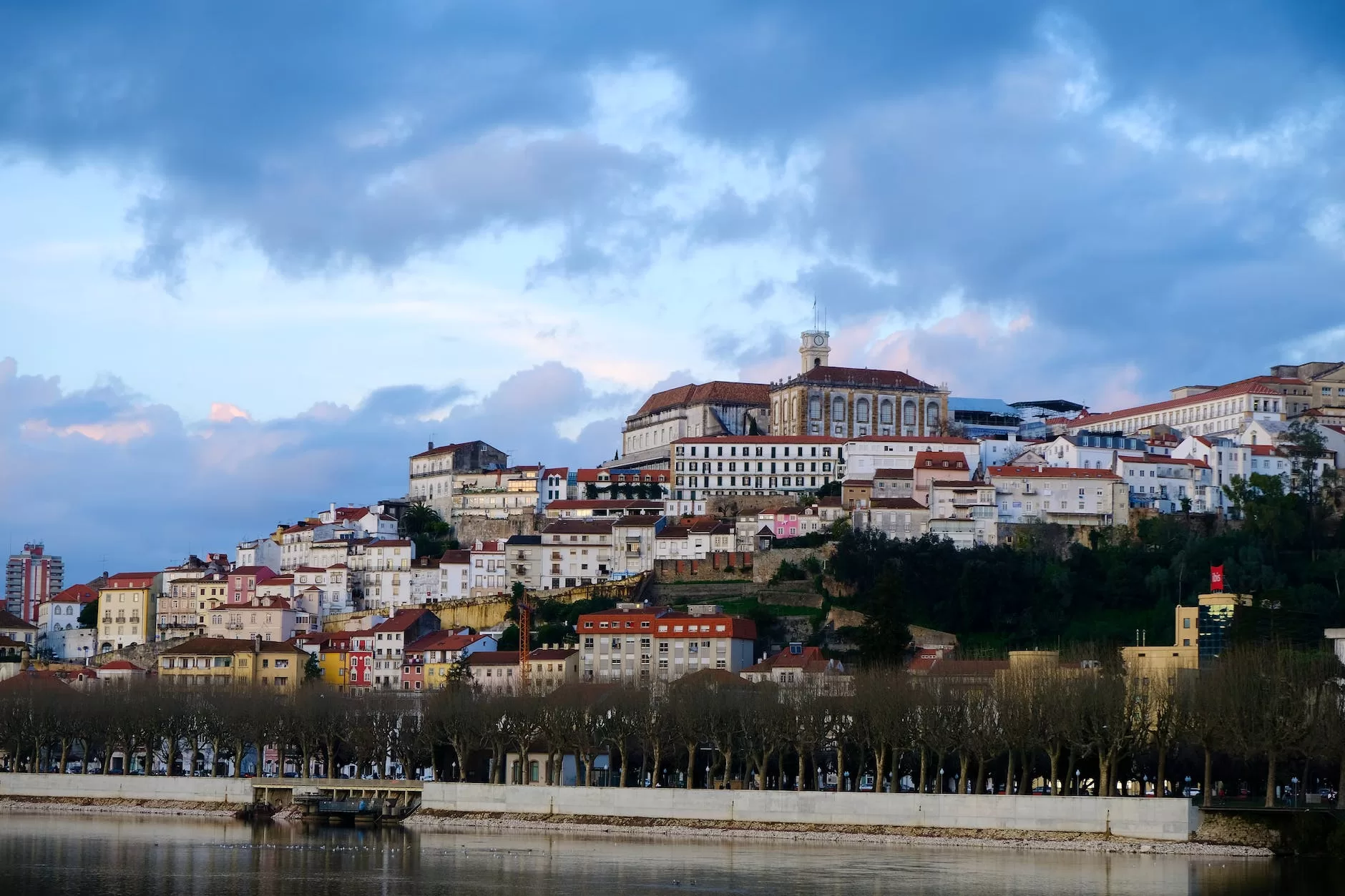




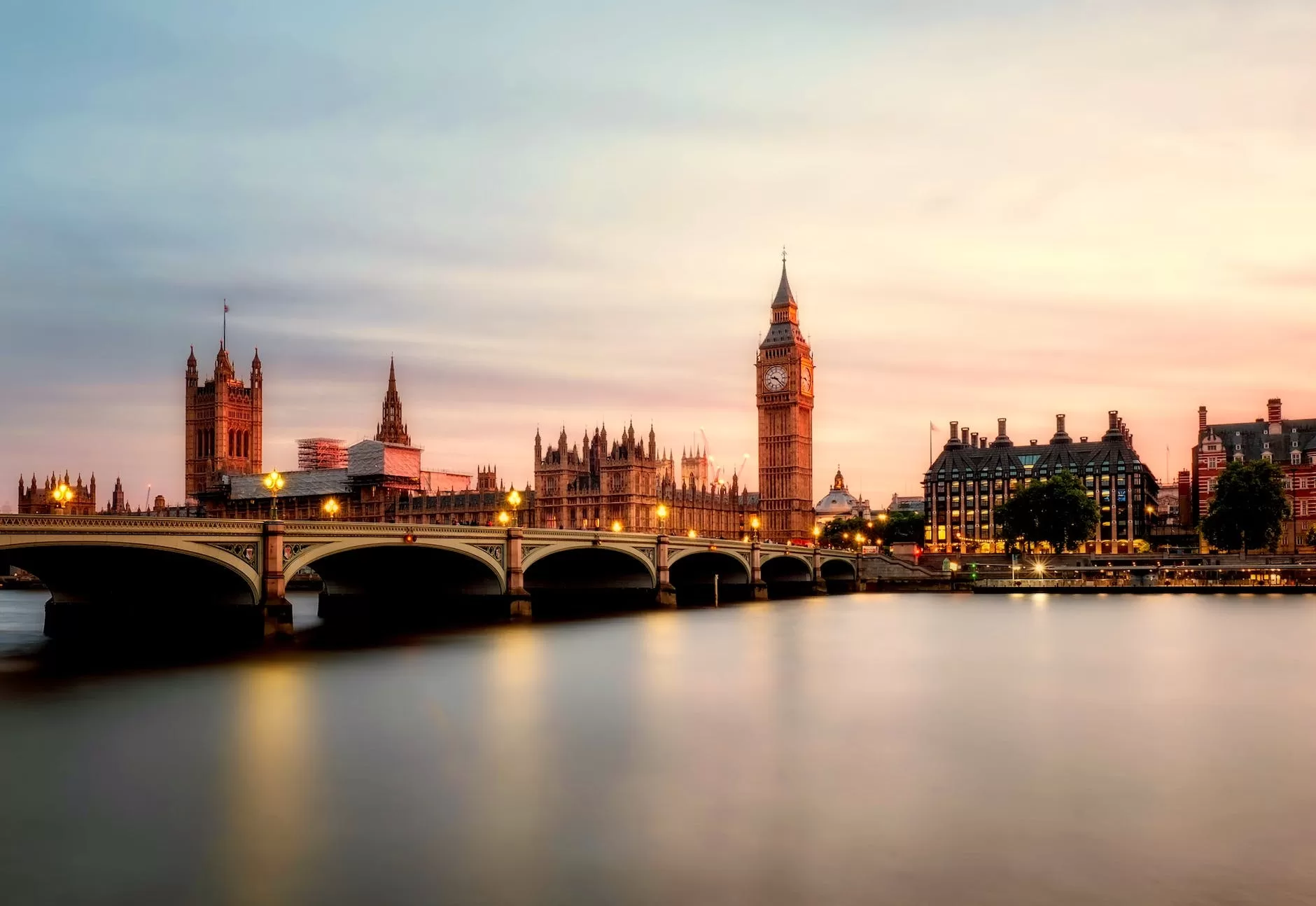
You must be logged in to post a comment.